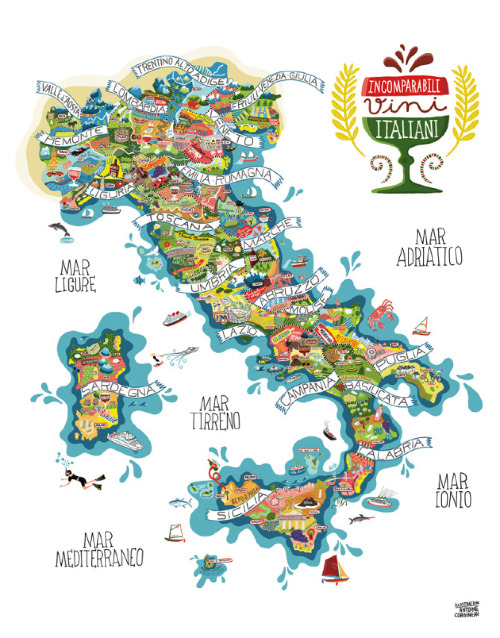Interactive Maps
I chose to make an interactive map of my home-town, Colusa, California. Located about an hour and a half north of Sacramento. My reasoning for highlighting the major sources of action in our small town was to prove to myself and others that there are in fact things to do. Although we are small, our main attractions range from a bowling alley, single-screen theater, boat launch, restaurant on the river, and famous frosties (famous in the county that is), we are pretty fun. My map is simple, just like Colusa, but it is fun and free and home to a very supportive community. Neogeography can be described as user-generated graphic content which is in fact exactly what it is. The benefits of neogeography are vast, mainly in that in tutorials, guides, routes etc. the information is user friendly because it was created by a user, making the information applicable and much more informative that something that may have been computer generated. Although the fact that neogeography is user-generated is one of it's positives, it can also be seen as a negative, since the information is all relative to the user that created it, and at the time they created it. For example, if your desired route was designed in a fashion for someone with a car but you wanted to walk, it would be hard to use that specific map. A further example would be if the map you are using that was designed by a user that assumed you knew where basic landmarks were to direct yourself to a starting point, if you could not get to the starting point, you would never be able to utilize the map. The differing opinions in what is most valuable to know for a specific map is dependent upon the users, therefore, when using neogeography it would probably be a good idea to have at least a vague idea of who created the map you are trying to use in order to get a relative understanding of how best to use the information in the map.




